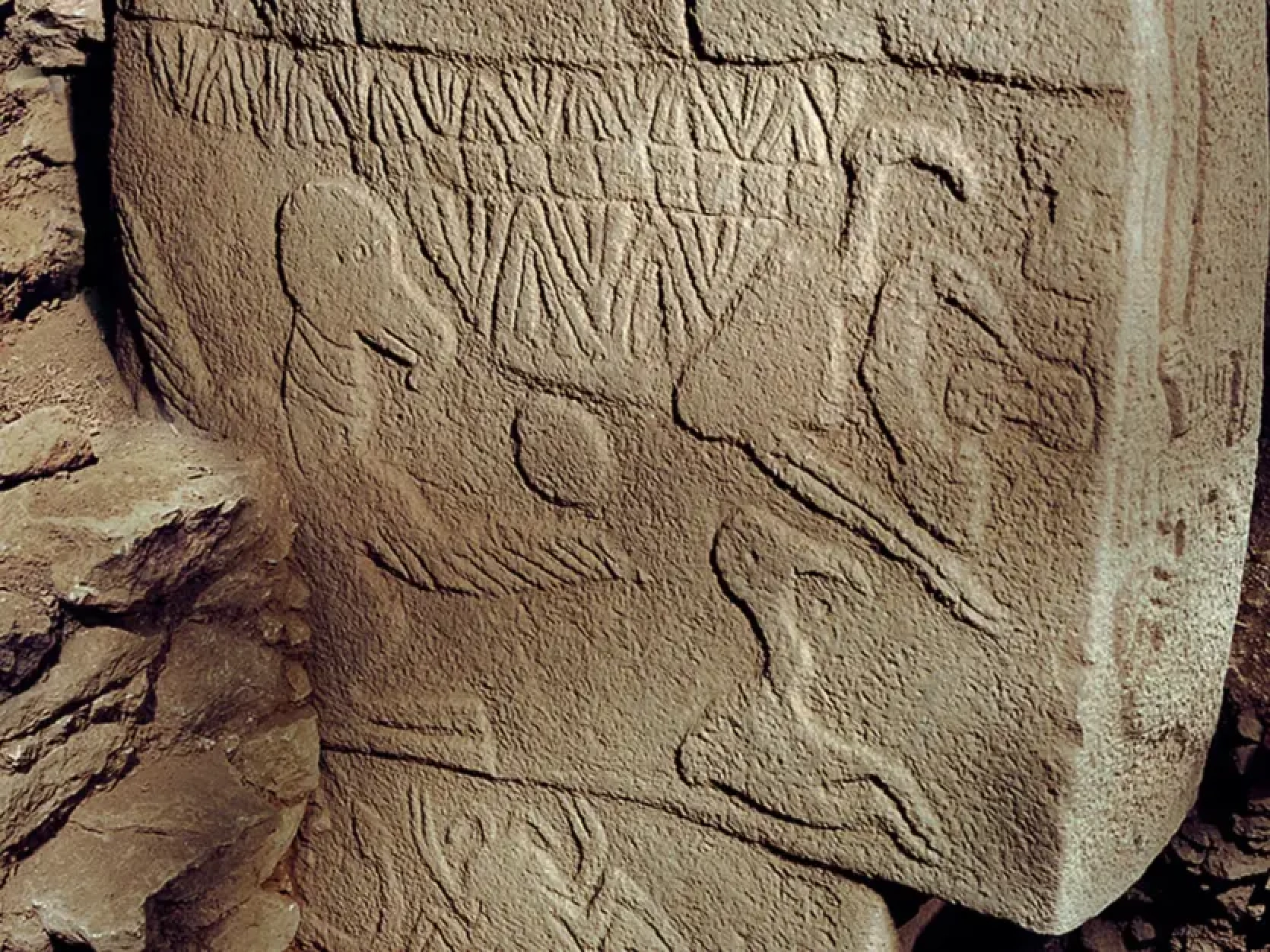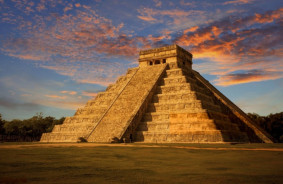Archaeologists believe that the 12,000-year-old markings on the stone pillar at Göbekli Tepe may represent the oldest solar calendar in history, created in memory of a catastrophic comet impact.
Researchers from the University of Edinburgh found that ancient people used carvings on the stone pillars of Göbekli Tepe to record astronomical observations. The scientists analyzed the V-shaped symbols on the pillars and concluded that each symbol could represent one day. On one of the pillars, they accounted for 365 days, which aligns with a solar year consisting of 12 lunar cycles and 11 additional days.
Particular attention was drawn to the depiction of the summer solstice. It is represented by a V-shaped mark on the neck of a creature resembling a bird. Researchers believe that this symbolizes the constellation that corresponded to the summer solstice at that time.
The Göbekli Tepe calendar predates other known lunar-solar calendars by more than a thousand years. This challenges our understanding of the astronomical knowledge possessed by ancient peoples.
Scientists suggest that the carvings at Göbekli Tepe might commemorate a comet impact that occurred around 10,850 BCE. This event could have triggered a mini ice age lasting over 1,200 years and led to the extinction of many large animals.
Dr. Martin Sweetman from the School of Engineering at the University of Edinburgh, who led the study, noted:
“The inhabitants of Göbekli Tepe were keen observers of the sky, which is understandable given that their world was devastated by a comet impact. This event may have spurred the development of civilization, leading to a new religion and motivating advances in agriculture to cope with the colder climate.”
The study is published in Taylor & Francis.
Source: Arkeonews














Comments (0)
There are no comments for now